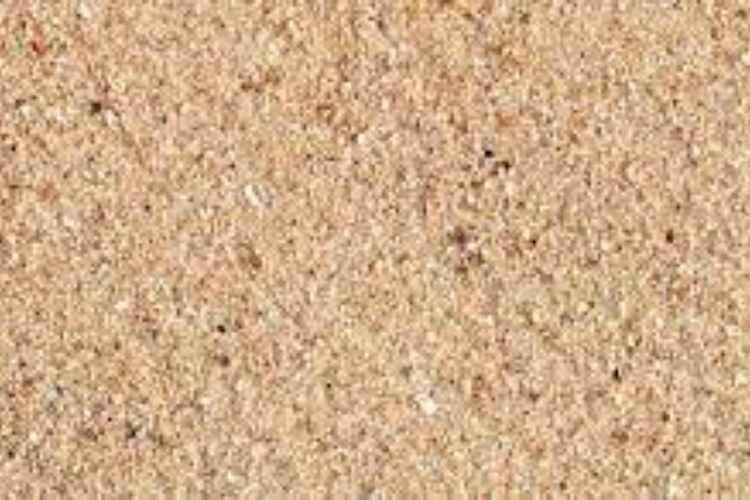Over 70% of the world’s oil and gas reserves are affected by sand production. The effect can be severe on the productivity and the equipment of wells, because the well and the devices that could cause containment loss can be connected and also settled in surface vessels. By implementing a downhole and surface sand control, production of sand may be regulated and reduced. The use of sand management can avoid or reduce the production of the sand in a storage tank. However, the installation of inappropriate sand control generally entails hazards such as increased skin and reduced output.
When contemplating sand management measures, we need to distinguish between the load-bearing solids and the fine particles where, as far as the screen or gravel packs can move freely and not clog it, fine-making is really advantageous. The sand control typically means controlling the load-bearing materials which support the overload. The key aspect in determining the risk of sand production is the ability to keep production of sand below permissible rates and at flux rates to enable well output. This study aims to examine test studies on several sand screens to reduce generation of sand in unconsolidated reservoirs.
Sand control methods
A number of sand control technologies including various downhole sand screens and gravel packs are offered. The installation of every sort of sand control, however, involves dangers; it is thus necessary for a specific formation to select the proper sand control approach.
Cost, efficiency in sand retention and lifetime are important criteria in the selection of appropriate sand management technologies.
Different sand control approaches include the screen-only completion option for unconsolidated training as a sand control method, which maximises productivity and minimises completion complexity and costs.
Stand-alone screen (SAS)
Low cost sand control solutions are stand-alone sand screens. They are very dependable, uncomplicated and provide long-term performance productivity. For severely deviated or horizontal openhole completions, SAS is the favourite choice. The sand retention accuracy, which determines the effectiveness of sand management and whether high levels of output are reached, is one of the important factors of SAS. The goal of the SAS selection is to find sand retaining screens while maximising the production of hydrocarbons, to pick the optimum sand screen open and to evaluate sand retention testing limits.
Different types of sand screens are available alone but get your sand screen from complete products sand screen suppliers. These kinds are common:
1. Wired screen,
2. Screen pre-packed,
3. Woven, mesh or high-quality screen.
The wire wrapping display is a thoroughly wound triangle wiring with a continuous gap from one turn to the next. The wire is sold to vertical forms around the inner diameter of the screen at an interval of 1 cm. Wired displays have an edge over pre-packed displays, as they do not readily connect into boiling dung and the plugging material can be removed easily from wired displays since it tends to stay caught inside the pre-pack. Wire wrapped also benefits from a slotted line where the distance between wire-wrapped wires may be reduced and considerably higher accuracy is achieved, which allows the display to hold finer grains than a slotted line.
Screen retention testing (SRT)
Tests for sand retention are often used to determine the most suitable screen for sand management purposes. Due to issues related to the empirical criterion, the normal industrial practise is to conduct laboratory sand retention experiments on various screen coupons in order to establish the efficient opening size. During the test (or flow rate when the pressure is regulated) all tests measure pressure and the amount of generated sand. The procedure works with sand and simulated sand from the reservoir. The main elements that have an effect on the sand retention test findings are fluid weaving, flow rate and channelling.

